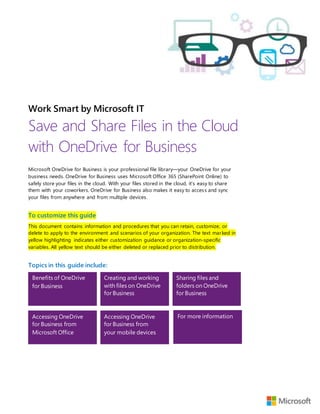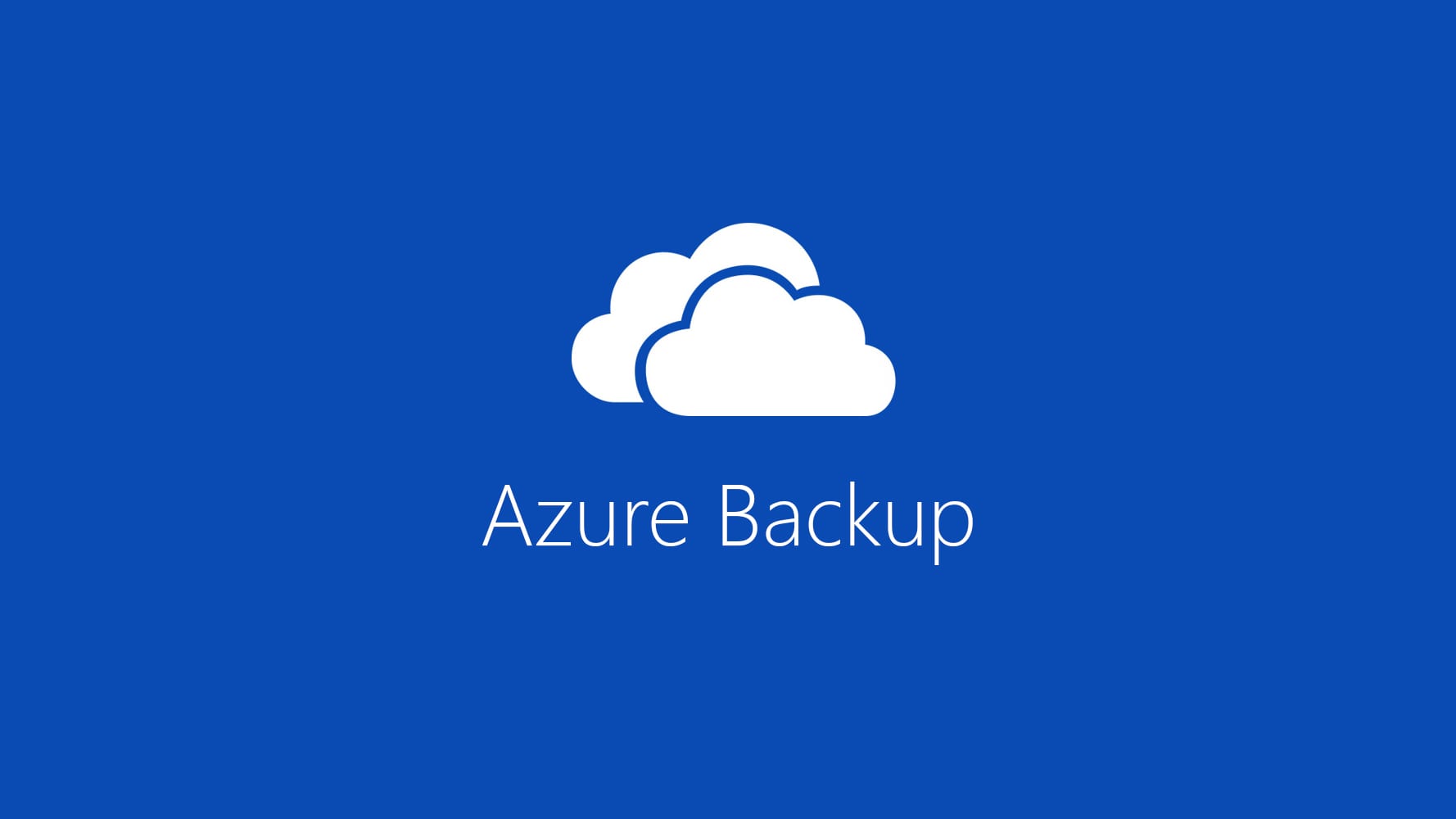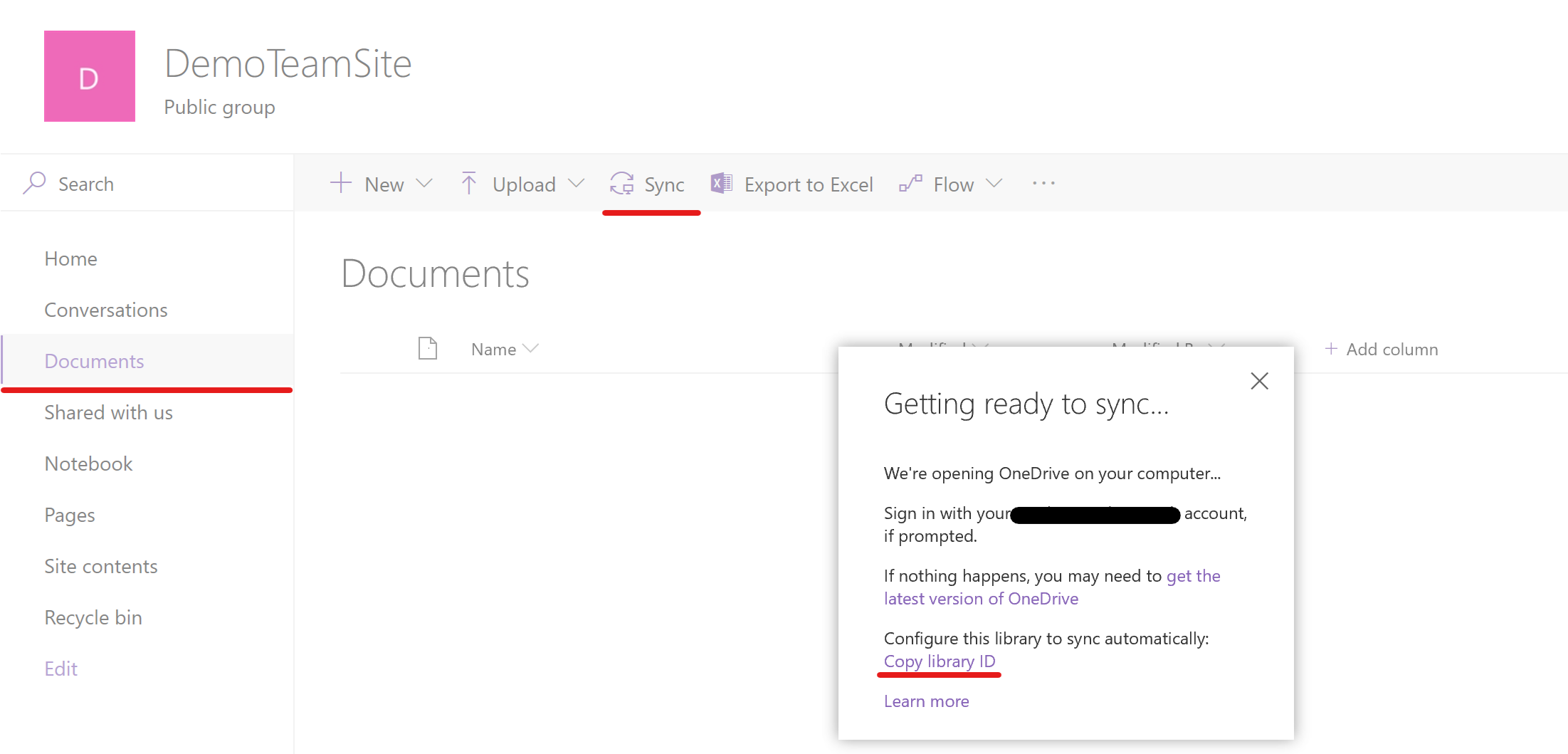
$list = Get-PnPList -Identity $listName -includes Id

Read-Host “Press Enter Key to get started”Ĭonnect-PnPOnline -url $siteURL -Credentials $cred Write-Host “Please authenticate to the site using SPO Admin Credentials” Write-Host Write-Host “Username should be in UPN/Email format” -ForegroundColor Yellow

Write-Host “Enter credentials of user that will sync and select Enter” -ForegroundColor Yellow Write-Host “Input name of library to sync and press Enter” Write-Host “Input URL of the SharePoint Site and press Enter” #For Example: odopen://sync/?siteId=SiteID_HERE&webId=WebID_HERE&listId=ListID_HERE&userEmail=UserEmail_HERE&webUrl=WebURL_HERE”# At a high level, my script does the following: But it's no longer an option, in fact it looks pretty much the same.
#MICROSOFT ONEDRIVE FOR BUSINESS LIBRARY HOW TO#
I understand what you're saying, because that's the way we used to accomplish this, I showed the user how to activate the ribbon months ago by switching to classic view. I added some additional logic to properly encode the special characters. Re: Finding the library ribbon functionality in OneDrive for Business. The Ohio State University has expanded its services with Microsoft’s Office 365 platform to include OneDrive for Business, a cloud-based solution for storing, syncing and sharing files. I’m falling in love with the PnP SharePoint module and use it to call into SharePoint Online and grab the id’s required. OneDrive for Business is the Microsoft provided cloud storage and collaboration tool.
#MICROSOFT ONEDRIVE FOR BUSINESS LIBRARY PDF#
I authored some PowerShell to help SharePoint Online Administrators build out the syntax for a specified user and library. Convert Microsoft Word files in OneDrive for Business to PDF and store the converted files in a SharePoint library.

The contents of this library can optionally be synchronized with one or more of the user's computers or devices. This is how we can move files from SharePoint to OneDrive and in the same way, moving files from SharePoint to OneDrive works. Microsoft OneDrive is the default document library in a user's in SharePoint Server or in Microsoft 365.

Once sign-in over, then click on Continue. Then click On the test icon and select manually.


 0 kommentar(er)
0 kommentar(er)
